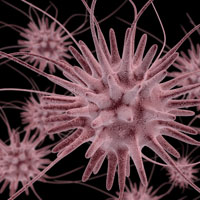Most people understand standard plastics to be resistant to the biodegradation process, but did you know that research from back in 2005 isolated a microbial strain called Brevibacillus borstelensis that is capable of utilizing polyethylene as the sole carbon and energy source?
So what does all that mean and how did they do this?
Soil taken from a polyolefin waste disposal site was used to isolate the bacteria strain that had adapted to its environment and energy source to be able to secrete the enzymes needed to utilize the carbon within the polyethylene chemical chain. From the research there were a few BIG discoveries with one being that Brevibacillus borstelensis was able to use the carbon found in polyethylene as the sole source of energy. This is important because we typically find that microbes will develop where there are easily accessible sources of energy. This is the reason traditional plastics take so long to biodegrade, the carbon is too difficult to utilize by microbes resulting in plastics lasting for hundreds of years in the environment. We now know of a microbe that is indifferent in using the carbon from polyethylene plastic or from other sources.
This research has opened the door to better understanding the adaptive nature of those microscopic creatures we share the planet with. Although we can’t see them, they outnumber the human inhabitants by a factor of many trillions of them to each one of us. They have also had millions of years more time on the earth than us humans have, and are instrumental in the cleaning process of creating a healthy viable planet. There is a lot we can and will continue to learn about the tiniest creatures we call microbes.
To read the full paper: Biodegradation of polyethylene by the thermophilic bacterium Brevibacillus borstelensis
http://onlinelibrary.wiley.com/doi/10.1111/j.1365-2672.2005.02553.x/full






 According to the
According to the